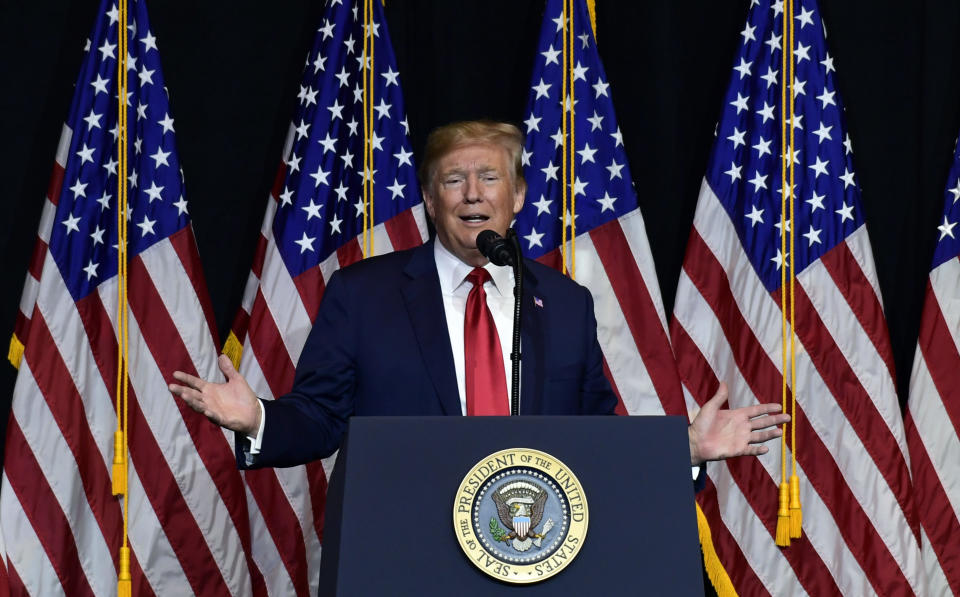Small business optimism, JOLTS — What you need to know in markets on Tuesday
Two of the most closely-watched secondary economic indicators will greet investors on Tuesday.
In the morning, the August check on small business optimism and the July report on job openings will be released.
The NFIB’s reading on small business optimism hit a record level rising 0.9 point to 108.8 — the highest since tracking began in 1974, beating Wall Street forecast of 108.1. The job openings and labor turnover survey — or JOLTS report — is coming off a near-record reading June, with 6.66 million jobs open during the month.
Small business optimism has been one of the strongest economic readings since the election while the JOLTS report has given economists another look at how slack is disappearing from the labor market.
And on the earnings side, no S&P 500 companies are scheduled to report results.
The floor of the New York Stock Exchange will also observe a moment of silence on Tuesday morning to mark the anniversary of the terrorist attacks of September 11, 2001.
Trump’s economy
If there’s one thing President Donald Trump really wants credit for it is the performance of the U.S. economy.
On Monday, Trump tweeted no fewer than four times about the economy, how well it has done during his time in office, and how well Trump thinks the economy would be doing had Hillary Clinton defeated him in the election.

One of these tweets generated more buzz than the others, mostly because Trump touted an outright falsehood.
“The GDP Rate (4.2%) is higher than the Unemployment Rate (3.9%) for the first time in over 100 years!” Trump tweeted Monday morning. This has happened more than 60 times over that period, most recently in 2006, and predictably many outlets jumped on Trump for spreading this untruth.
Kevin Hassett, the chairman of Trump’s council of economic advisors said later in the day that Trump at some point had been told this information but that someone added an extra zero.
What’s more interesting beyond his fudging of the number is that Trump finds this metric — which isn’t really a ratio you often hear economists talk about as being a meaningful signal for the economy — worth touting.
Mostly because it seems Trump finds any positive metric about the economy worth touting.
Now on the one hand, the business cycle and factors well beyond the purview of any president influence the economy in major ways. Much like the coach of a sports team cannot take all of the credit for a win or too much blame for a loss, the economy operates in conjunction with but not exclusively because of a president’s economic policy.
On the other hand, Trump’s tax stimulus clearly boosted the stock market and has supported high business and consumer confidence readings as economic growth just registered its best quarter in four years. That is not nothing.
Last month, Federal Reserve Chair Jay Powell said, “With solid household and business confidence, healthy levels of job creation, rising incomes, and fiscal stimulus arriving, there is good reason to expect that this strong performance will continue.”
And though an upturn in business investment around the globe began right around the time of the U.S. election in response to global economic growth that was faster than expected, the U.S. economy has continued to stand alone on the global stage as a developed economy growing at an accelerating rate with a stock market that keeps going up.
The economic stimulus enacted by Donald Trump then, cannot be ignored as a source of this global outperformance.
In what would seem to be unrelated economic news, this week marks the tenth anniversary of the bankruptcy of Lehman Brothers and thus, in the eyes of the public, the beginning of the financial crisis.
After the crisis, a stimulus package was passed by Congress but the U.S. economy grew at a sluggish pace for years as Europe became mired in a double-dip recession and the U.S. debt became a source of market stress. Many in the economics community, including Hassett, argued that stimulus was clearly not the answer to the economy’s woes and that the Fed’s easy money policies would lead to runaway inflation. In response, the U.S. government took on a stance of fiscal discipline.
“The notion that a much-larger U.S. stimulus would have been more successful isn’t backed up by evidence,” Hassett wrote in 2010. Until, that is, Donald Trump came along.
And while Hassett and others would likely argue that tax cuts are the kind of business-friendly economic policy — rather than government-sponsored programs — needed to unleash growth, the reality is that it is only now, ten years after the crisis, that we are finally seeing the impacts of what more than $1 trillion in fiscal stimulus can do for the economy. And the impacts are good.
—
Myles Udland is a writer at Yahoo Finance. Follow him on Twitter @MylesUdland

 Yahoo Finance
Yahoo Finance 
